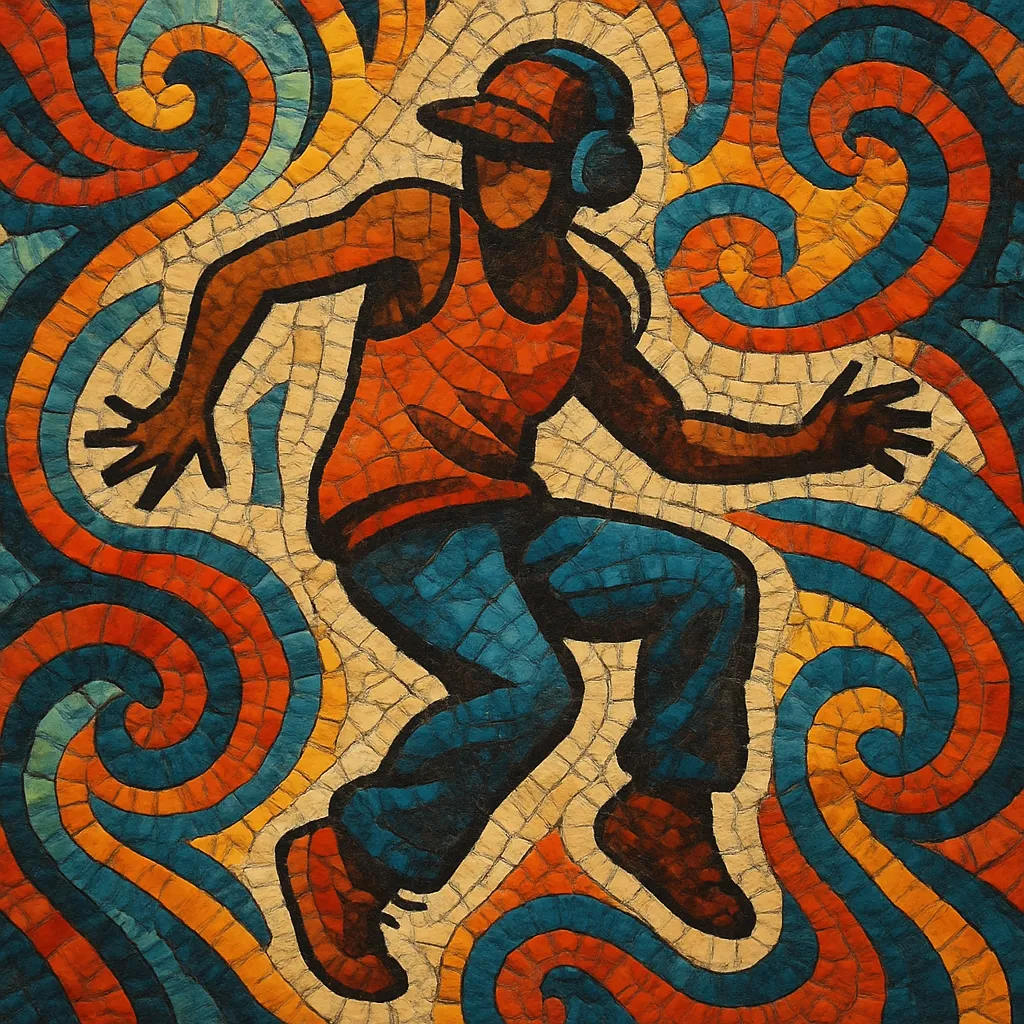Bounce is a high-energy regional style of hip hop that emerged in New Orleans in the early 1990s. It is built on fast, repetitive party grooves, commanding chants, and call‑and‑response hooks that directly engage dancers and the crowd.
Its signature rhythmic bed centers on the "Triggerman" beat (from the Showboys' 1986 track Drag Rap) and the "Brown Beat" break, usually driven by punchy TR‑808 drums, handclaps, and chopped vocal samples. Lyrics tend to be chant-like, local, and instructional—naming neighborhoods, wards, and housing projects, and cueing specific dance moves (notably twerking).
Bounce’s performance tradition connects to New Orleans second‑line and parade culture: it’s communal, percussive, and built for the club and block party. The result is a kinetic, minimal, bass‑forward sound that prioritizes movement, crowd interaction, and relentless momentum.
Bounce coalesced in New Orleans’ clubs and housing projects around the turn of the 1990s. The pivotal spark is often credited to MC T.T. Tucker & DJ Irv’s “Where Dey At” (1991), quickly followed by DJ Jimi’s “Where They At” (1992). These tracks codified the scene’s DNA: the Triggerman beat (lifted from the Showboys’ Drag Rap), the Brown Beat break, call‑and‑response chants, and hyperlocal shout‑outs.
Independent labels such as Take Fo’ Records and Cash Money Records fostered a surge of bounce releases through the 1990s. DJ Jubilee (“Get It Ready, Ready”), Partners‑N‑Crime, Cheeky Blakk, Magnolia Shorty, UNLV, and 5th Ward Weebie became hometown staples, while producers like Mannie Fresh helped translate New Orleans’ club energy into broader Southern rap sounds.
From the late 1990s onward, openly queer artists—especially Katey Red, followed by Big Freedia and Sissy Nobby—pushed the sound and performance practice into national view. "Sissy bounce" emphasized even more crowd direction, explosive dance breaks, and inclusive party atmospheres, becoming one of the most visible aspects of bounce culture in the 2000s and 2010s.
Hurricane Katrina (2005) displaced many New Orleans artists, spreading bounce aesthetics to cities like Houston and Atlanta. In the 2010s, elements of bounce permeated mainstream pop and hip hop: Big Freedia’s unmistakable vocal presence turned up on national hits, and artists like Beyoncé and Drake pulled from bounce’s rhythms, cadences, and chant styles.
Bounce remains a living, club‑centered tradition—rooted in local identity yet globally recognizable for its Triggerman-driven pulse, dance‑commanding vocals, and celebratory, communal spirit.


